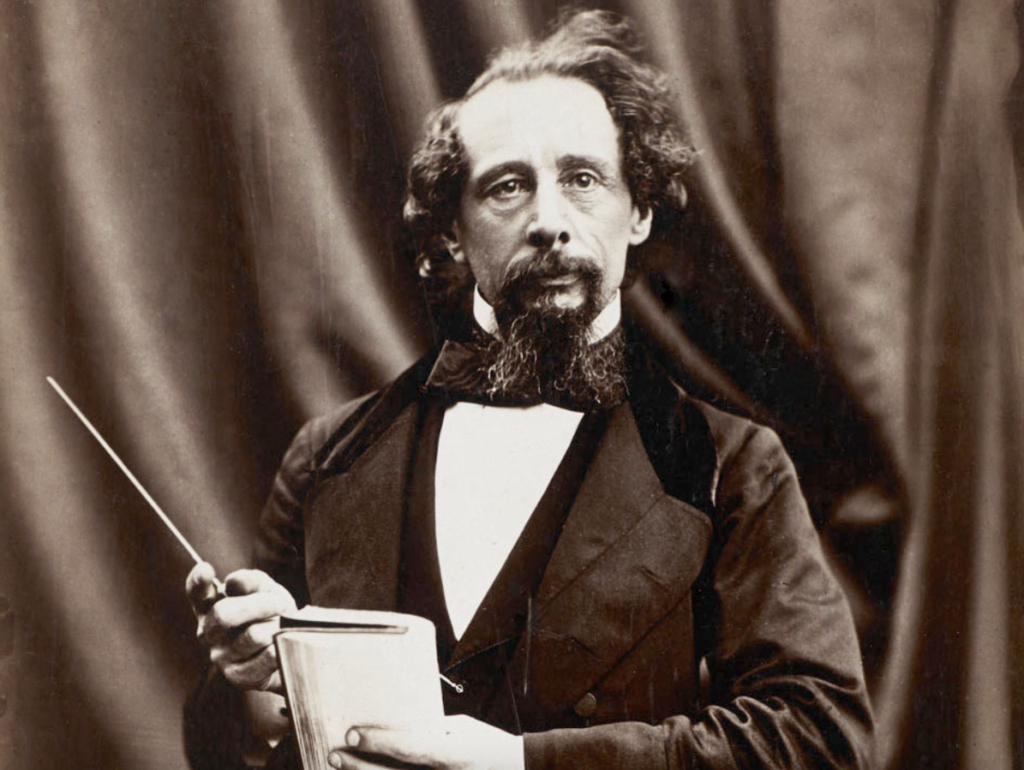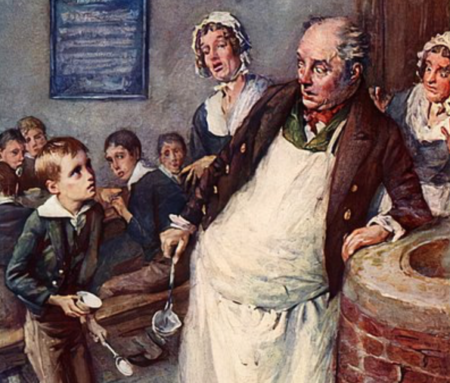What inspired Charles Dickens?
by Ailsa Harvey · 06/12/2020
How the English novelist's best-selling stories were shaped by his own experiences

(Image credit: Herbert Watkins/ Wikimedia Commons)
It has been 150 years since Charles Dickens died, 184 years since his first work was released to the public and 156 years since his last completed book came out. In all of this time, these novels have never been out of print. Dickens may have left us, but his work remains timeless, gripping the majority of those who open their pages.
Most people have read, watched or at least heard of Dickens’ stories, but what makes him and his work so popular? Since he began novel writing in his 20s, Dickens constantly churned out quality classics. Year after year his awaiting fans were not left disappointed as their minds were fed with complex tales of romance, crime, hope and despair.
In the Victorian era he lived in, much of the work Dickens produced built on the literature before him. He was one of the first writers of the time to portray honest examples of working-class people, giving many something to relate to. He focused on unfolding the good and bad qualities of characters, which allowed his readers to follow their journeys and understand why they may have acted in the unusual or shocking ways that they did.
Any Dickens fans will know the diverse and outrageous characters that come to life between the pages. What was special about this novelist’s ability in imagining these characters’ stories is that it comes from his own life’s path. From a young boy left to fend for himself in a workhouse to the wealthy figure he became through his writing successes, he knew what it was like to be seen in different lights. This deep understanding of his characters gave his fictional stories the strong element of believability that is needed in a good novel.
Over a century and a half later, Dickens’ themes can be relevant to today’s world problems. His words and imagery have been transformed further into the media of modern film, television and even musical adaptations. While his work may be set in a time alien to readers today, everyone can relate to the love, hardship and sense of family that pours from the narratives. It is this aspect that has carried Charles Dickens into the 21st century.

Oliver Twist- Charles Dickens (Image credit: Harold Copping/ Wikimedia Commons)
How Dickens highlighted real-life problems
Dickens’ variety of bestselling novels showcased his impressive storytelling skills. A huge part of Dickens’ novel-writing talent involved bringing the words on the pages to life in the minds of his readers. In a compelling combination of escapism and realism, the scenes and underlying messages in a large number of Dickens’ novels cover the social injustices of his time. While it can’t be proved that he had any direct effect, many believe his works helped to influence the social reforms of Victorian England by making his readers more aware.
With careful detail in introducing the characters, Dickens allowed people from all walks of life to empathise with those living in poverty. Whether the enemy was the workhouse conditions and the law in Oliver Twist, the ignorance in A Christmas Carol or the prejudice and abuse in Great Expectations, he helped to show the world through the eyes of the less privileged.
This article was originally published in How It Works issue 139
For more science and technology articles, get your Christmas subscription to How It Works for as little as £7.15 on our website now. If you have a tablet or smartphone, you can also download the digital version onto your iOS or Android device. To make sure you never miss an issue of How It Works magazine, subscribe today!






